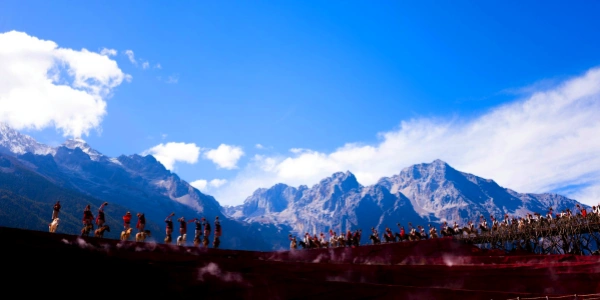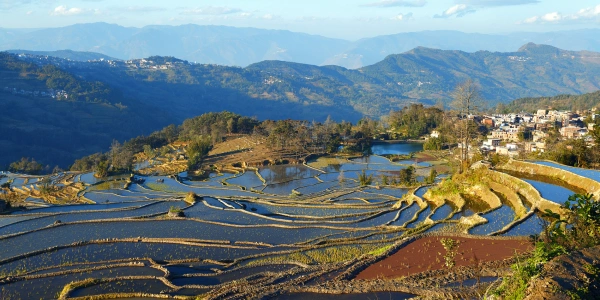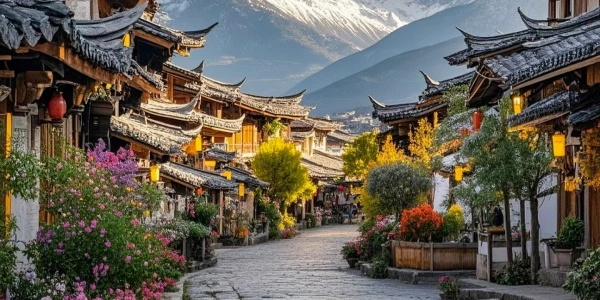1 Day Lijiang Natural Tour
- Tour Code: LT-YYL-01
- Time: 1 Day
- Accommodation: 1 night (4+ stars Hotels)
Why Choose lnto Explore China Group Tour
Worry-Free Travel
With years of experience in group travel across China, we provide professional tour guides,
comfortable coaches, and well-paced itineraries for a smooth and enjoyable journey.
Itineraries with Great Value
Our tours cover China's most iconic sights and cultural highlights. All packages are clearly priced
with no hidden costs, offering a high-quality experience at a competitive rate.
No Shopping Stops
We guarantee a truly immersive journey with no shopping stop. Spend more time exploring scenic
spots, enjoying authentic food, and discovering local culture
Travel with Flexibility
Whether you're traveling solo, with friends, or as a family, you can easily join us. Enjoy better
value than private tours with small groups of 6-12 people and year-round departures.
Included & Excluded
- The price is based on two people sharing one twin room. If you prefer a single room, please contact us for a quote.
- Price may vary depending on exchange rates, travel dates, and hotel class.
Price Includes:
- Comfortable hotel with daily breakfast (twin room)
- Professional English-speaking local tour guide
- Air-conditioned private coach throughout the tour
- Entrance tickets to all listed attractions and activities
- Lunches as specified in the itinerary
- Domestic fights and high-speed train tickets
- One travel accident insurance per person
Cancellation Policy
We understand that travel plans may change. Please review our cancellation policy below:
- Free cancellation if canceled 60 days or more before the tour starts
- 5% of total tour cost if canceled 45-59 days before departure
- 10% of total tour cost if canceled 30-44 days before departure
- 25% of total tour cost if canceled 15-29 days before departure
- 45% of total tour cost if canceled 7-14 days before departure
- 100% of total tour cost if canceled less than 7 days before departure




